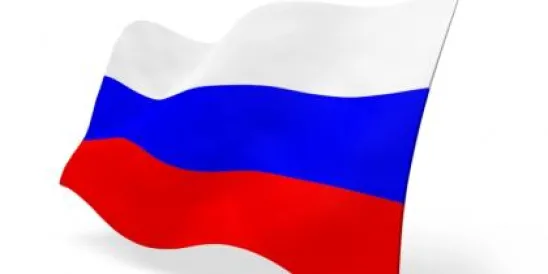On November 16, 2020, the Russian government approved new rules increasing the rates of remuneration employers must pay employees for their inventions, utility models and industrial designs (the “Rules”). The Rules will be effective from January 1, 2021 until January 1, 2027.
Employers’ Rights to Their Employees’ Patentable Objects and Employees’ Entitlement to Remuneration
In Russia, the exclusive rights to patentable objects (e.g., inventions, utility models and industrial designs) that employees create as part of their employment duties or as a specific task for their employer generally belong to employers. To obtain exclusive rights to an employee’s patentable objects, the employee’s duties must first be sufficiently formalized (e.g., in the employee’s employment contract or job description). Then, after being notified of the employee’s invention or other patentable object, the employer must (i) file a patent application for the employee’s patentable object, or (ii) transfer the right to obtain the patent to a third party or (iii) within four months of the date of notification, inform the employee that the patentable object is considered a secret. Once the employer has satisfied one of the above three actions, the employee will be entitled to remuneration from the employer. The remuneration may not be included in the employee’s salary and must be paid separately.
Remuneration Increases Under the Rules
In 2014, the Russian government established procedures, rates and terms of payment of the remuneration payment for employees’ inventions and other patentable objects. The Rules increase the rates of the remuneration as follows:
-
For inventions: remuneration has increased to three months’ average salary (from one month); and
-
For utility models and industrial designs: remuneration has increased to two months’ average salary (from one month).
After each year in which the employer has used an employee’s invention, such remuneration must be paid within one month. If employers and employees have not already established the remuneration payment amount, conditions and procedure in a formal agreement, the new Rules will apply to employers and employees’ relationship.
Best Practices
In light of the new Rules, employers doing business in Russia should review their existing employment agreements and job descriptions to confirm employees’ responsibilities for the creation of inventions. Employers that do not already have such documentation should formalize employment agreements and job descriptions to ensure that exclusive rights provisions are included. In addition, employers should establish a system and procedure for tracking employee inventions and other patentable objects, which, among other things, documents the date employee(s) created the patentable object, the date the employer was informed of the patentable object’s creation, the date the employer completed one of the above three required actions with respect to newly created patentable objects, the deadline for when remuneration payments must be made to employees, and the date such payments were made.
In addition, employers must ensure that the remuneration is paid separately from employees’ salary, for example by showing the payment on a separate line on the employee’s pay slips. To avoid disputes, employers also should formalize the amount of remuneration due in an agreement with the employee.
We continue to monitor developments that affect the employer-employee relationship across jurisdictions outside the United States.



 />i
/>i

